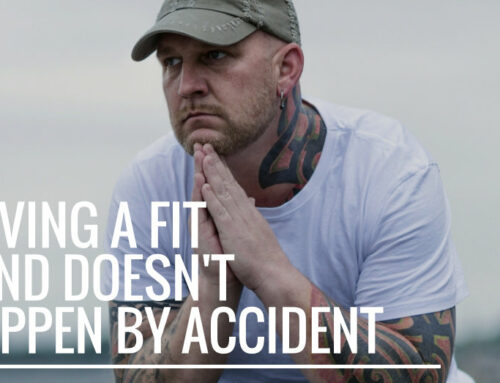 The drama triangle (sometimes known as the victim triangle) is a model of dysfunctional social interaction, created by psychotherapist Stephen Karpman. The triangle consists of three ineffective, passive-aggressive responses to conflict. Participants playing a role in a drama triangle create misery for themselves and for others by playing either the Victim Role, Rescuer Role, or the Persecutor Role.
The drama triangle (sometimes known as the victim triangle) is a model of dysfunctional social interaction, created by psychotherapist Stephen Karpman. The triangle consists of three ineffective, passive-aggressive responses to conflict. Participants playing a role in a drama triangle create misery for themselves and for others by playing either the Victim Role, Rescuer Role, or the Persecutor Role.
The three psychological roles (or roleplays) which people often take in a situation are as follows.
-
- VICTIM– The person who is treated as, or accepts the role of, a victim. The play the “poor pitiful me” role. They:
- Feel victimized, oppressed, helpless, hopeless, powerless, ashamed
- They deny responsibility for their negative circumstances, and deny that they possess the power to change those circumstances.
- Look for a Rescuer that will perpetuate their negative feelings.
- If they stay in the Victim position, they will block themselves from making decisions, solving problems, pleasure and self-understanding
- maintain a “Dejected” stance.
- PERSECUTOR – The person who pressures, coerces or persecutes the victim. The come from a stance of “It’s All Your Fault”. They will:
- Come from the “I’m Right” position
- Blame the Victims and criticize the enabling behavior of Rescuers
- Criticize
- Keep the Victim oppressed
- Be mobilized by anger
- Have a rigid, authoritative stance
- Act like the “Critical” Parent
- RESCUER, who intervenes out of an superficial wish to help the situation or the underdog. They play the “Let Me Help You” role very well. The rescuer will:
- Rescue the victim when they really don’t want to
- Neglect their own needs and give off the impression that they do not have needs.
- Feel guilty if they don’t come to the rescue.
- Keep the victim dependent upon them
- Give permission to fail
- Expect to fail in rescue attempts
- Act like the “Marshmallow” Parent
- VICTIM– The person who is treated as, or accepts the role of, a victim. The play the “poor pitiful me” role. They:
As the drama plays out, people may suddenly switch roles, or change tactics, and others will often switch unconsciously to match the opposing roles.
Example of the roles and how the players can switch positions:
A father arrives home for dinner 30-minutes late and is interrupted by a bicycle in the garage that is preventing him from pulling his car into his spot. He walks in the house and immediately starts to blame the kids (Victims) for leaving the bicycle in the garage instead of putting it away. (Persecutor) His blaming stance triggers the mom to step in and get between dad and the kids. (Rescuer) As she steps in she then she blames her husband and says that none of this would have happened is he would have more respect for her and the kids and not be late for dinner. (Persecutor) The husband then responds, “I’m just not appreciated around here for all of the work that I do to provide for this family.” (Victim) He turns around and goes back to the garage mumbling about how he is being treated and begins to put the bicycle away where it belongs (Victim). The child that left the bicycle in the garage, gets up from the dinner table and goes to the garage and helps dad clean up the mess and apologizes for being the one to blame that mom and dad are fighting. (Rescuer)
In order to get off of the Drama Triangle:
- The Rescuer needs to take responsibility for him/herself, connect with their power and acknowledge their vulnerability.
- The Victim needs to own their vulnerability and take responsibility for themselves and also recognize that they have power and are able to use it appropriately.
- The Persecutor needs initially to own their power, rather than be afraid of it or use it covertly.







I very much enjoyed this post Bryan,
Have you read David Emerald’s book, The Power of TED* (*The Empowerment Dynamic)? In it he describes an actual escape from the drama triangle.
Check out his website at http://www.powerofted.com and let me know what you think.
best,
kathy